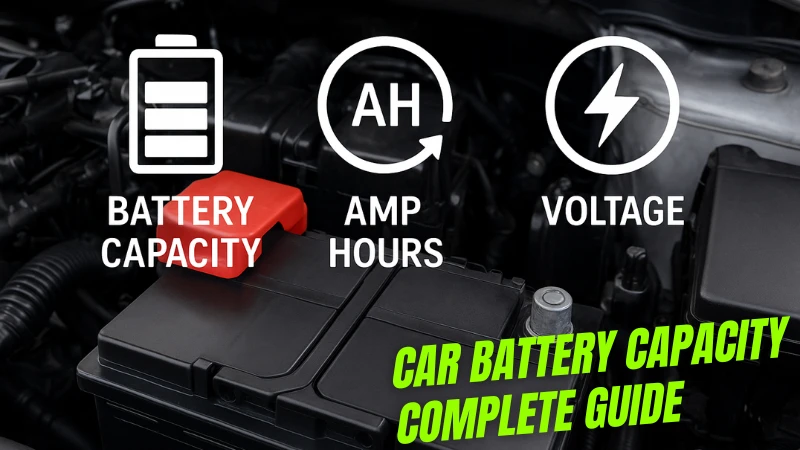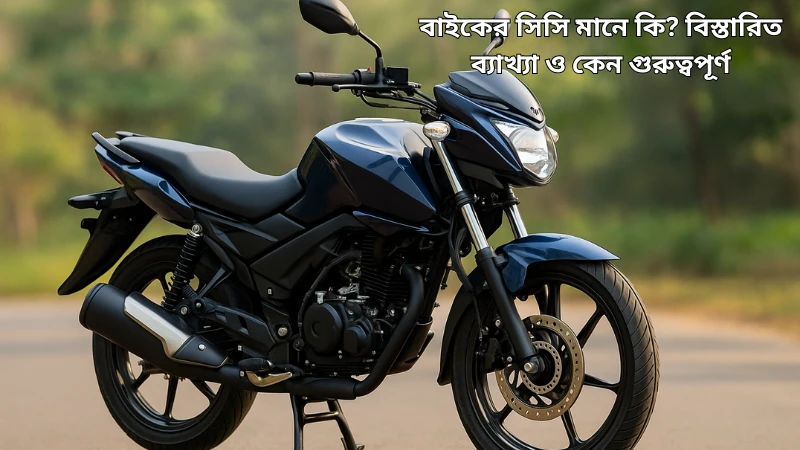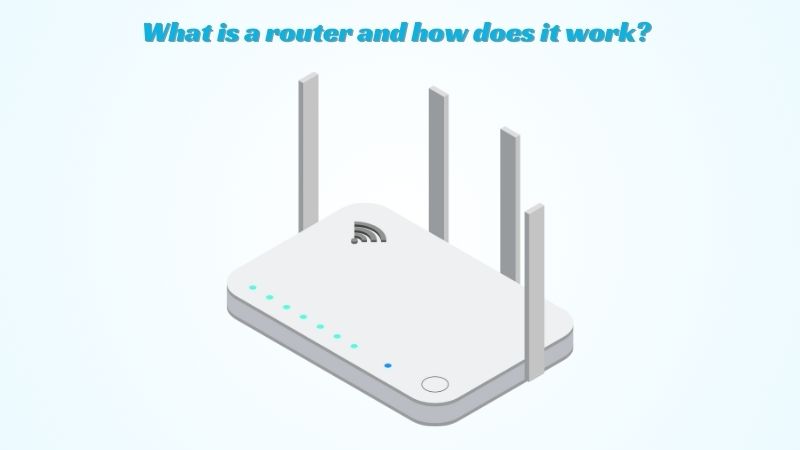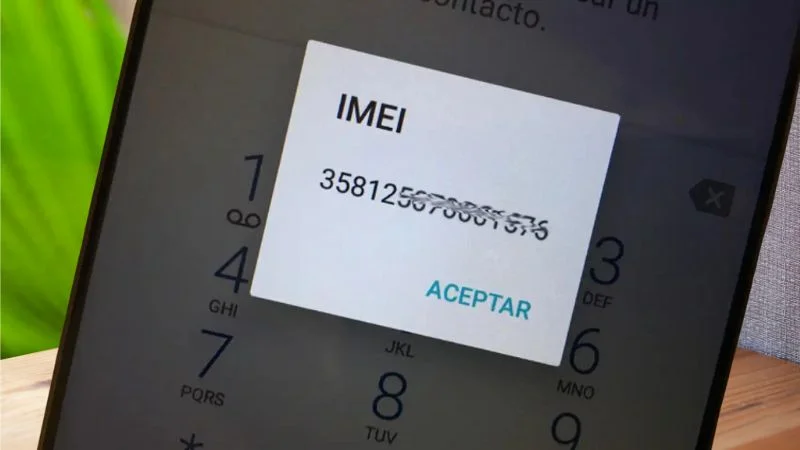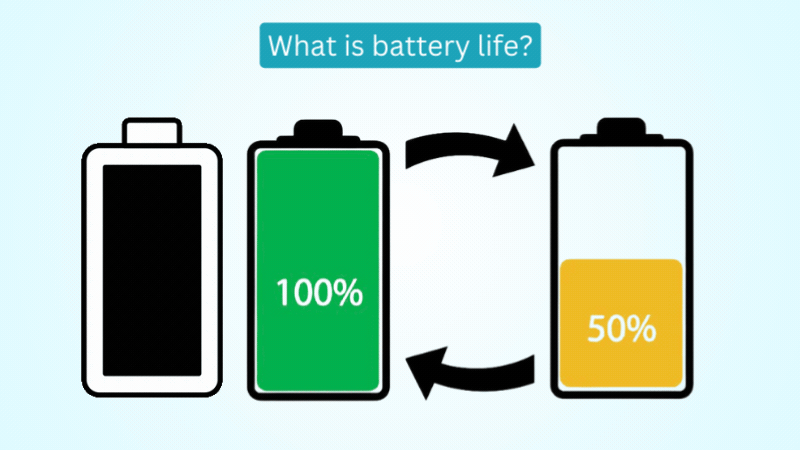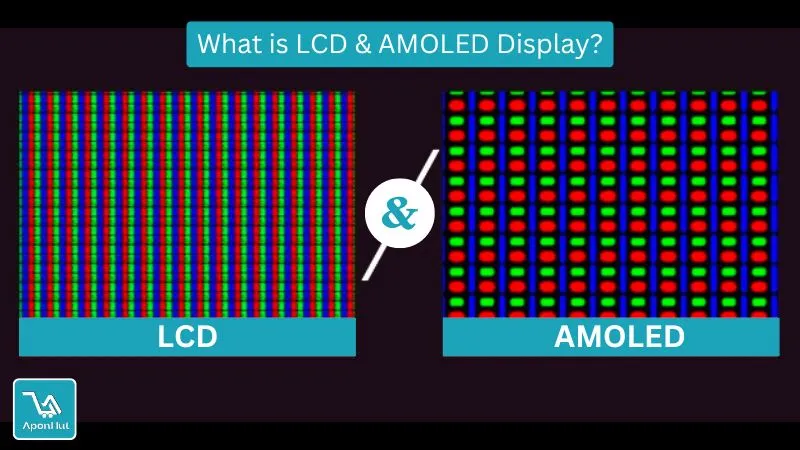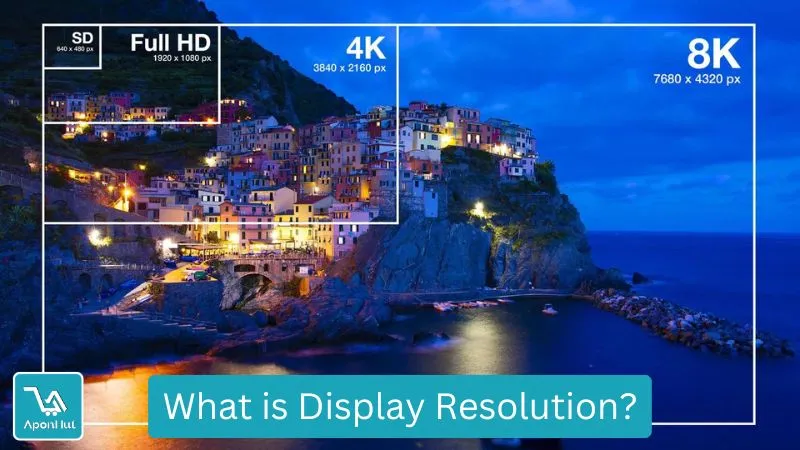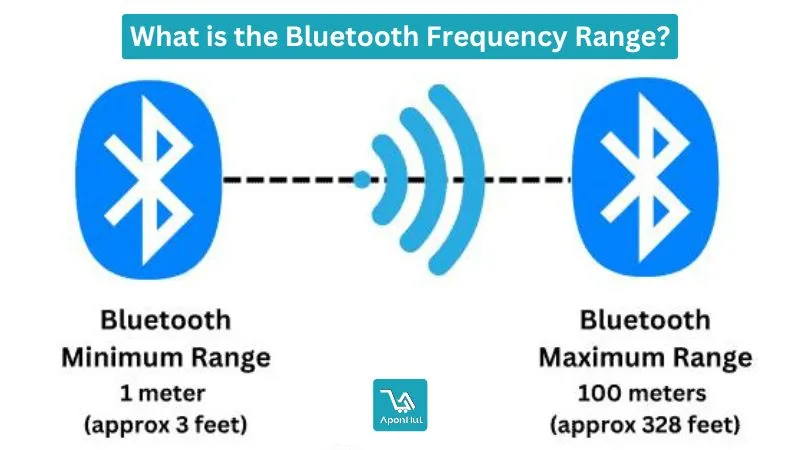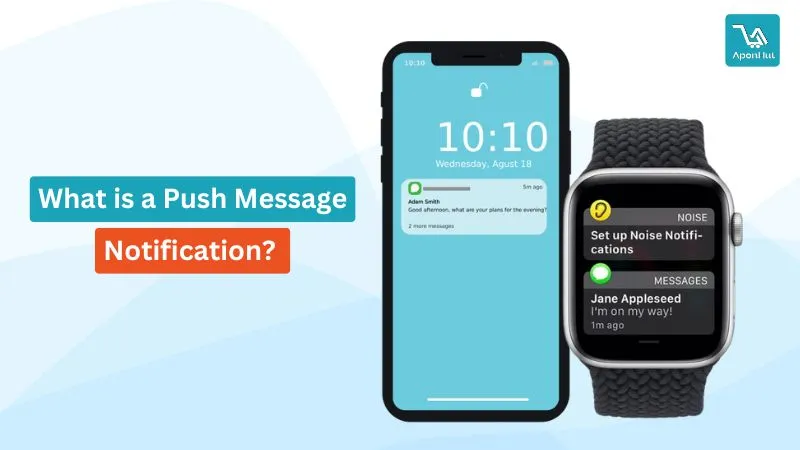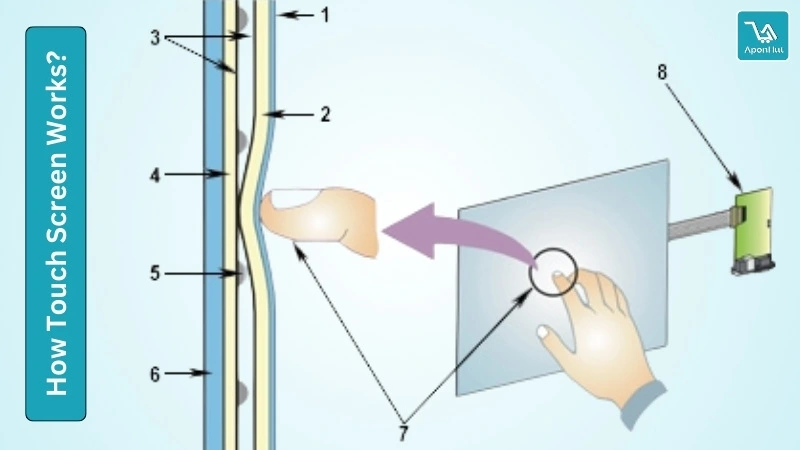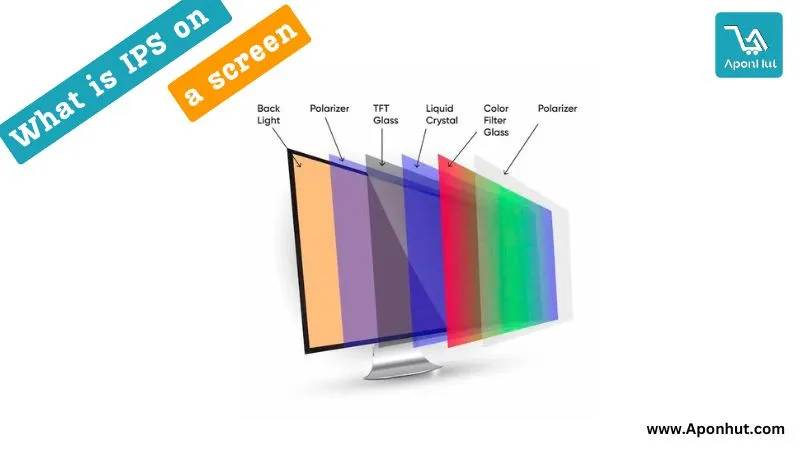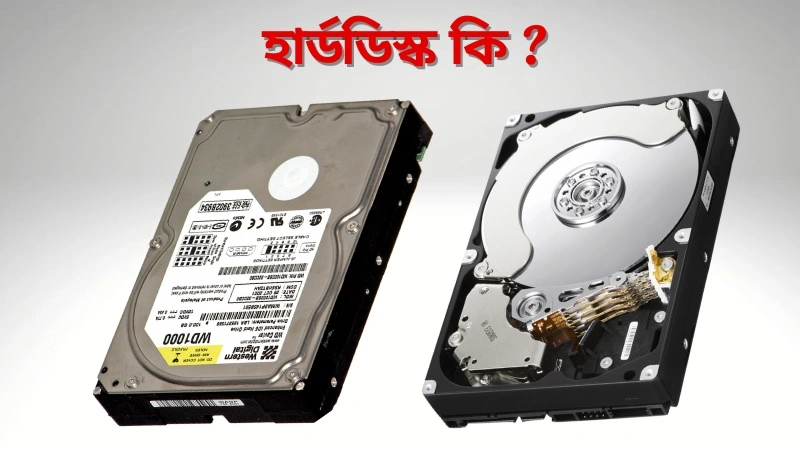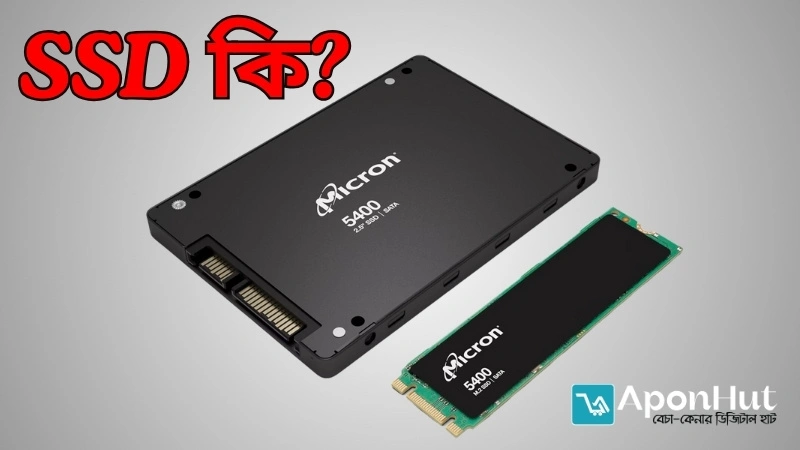Waterproof vs. Water-Resistant: Which is Professional?
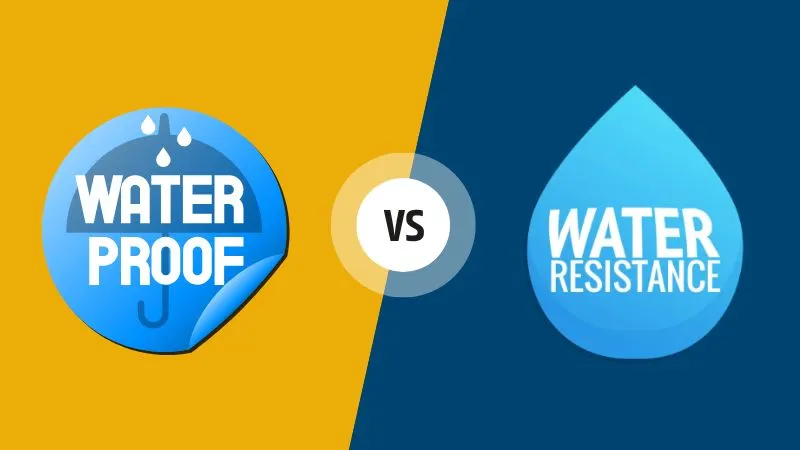
The world of electronic devices is becoming increasingly complex. These days, there is a significant emphasis on a new and amazing feature, particularly in the camera segment of smartphones such as Xiaomi, Mibro, Colmi, Xpert Vogue, and smartwatches. This feature is known as waterproofing. Occasionally, people assert that it is water resistant. But both are not the same. Therefore, it's important to understand the difference between Waterproof vs. Water-resistant and which is professional.
What does the word waterproof mean?
The term waterproof means something is impervious to water. Using heavier waterproof material can complicate the process. However, most waterproof fabrics or waterproof garments are highly waterproof, but they are not genuinely 100 percent waterproof. Furthermore, professional waterproofing shields the product from moisture. They are also impervious to water resistant to water corroding forces, no matter the time in the water.
What does the term "water resistant" mean?
The term "water-resistant" refers to a material or object that can resist water penetration to some degree. Unlike waterproof, which completely prevents water from entering, water-resistant materials can withstand exposure to water or moisture, but may eventually let water through if exposed for long periods or under pressure. Products such as watches, clothing, electronics, and bags commonly utilize water-resistant materials. Designers have designed these items to withstand brief or light water exposure, like rain or splashes, but they are not suitable for submersion or heavy water exposure.
Waterproof vs. Water-resistant: Which is the best?
There are so many waterproof gadgets available, such as waterproof smartwatches, waterproof smartphones, and others. Additionally, there are numerous water-resistant products available. A better understanding of Waterproof vs. Water-resistant is crucial to selecting the right product for you. Take a closer look at the differences between waterproof and water-resistant materials.
In general terms, waterproof gadgets perform better than water-resistant gadgets. They offer the utmost protection against rain, snow, and wind. A water-resistant device, on the other hand, offers a lesser degree of protection.
The fabric's coating with a rubber-like substance makes the materials waterproof and stiffer. This prevents water from entering and withstands the weather, while water-resistant devices are ideal for drier conditions.
Conversely, water resistance typically consists of a tightly woven fabric that makes it more difficult for water to pass through and penetrate.
Common Types of Waterproofing Materials
Hopefully, you understand which is professional waterproof vs. water-resistant. However, when it comes to materials used in waterproofing devices, the following materials are commonly used in waterproofing devices:
1. Epoxy
Most commonly, epoxy serves as a potting material for waterproof electronics. This type of material encases the entire PCB, ensuring the electronics are waterproof and providing great mechanical strength.
2. Silicone
This silicone waterproof material is used in potting or as a conformal coating, which lacks the mechanical strength of epoxy but is more flexible.
3. Urethane
Choose urethane if you want a waterproofing material that strikes a balance between mechanical strength and flexibility.
4. Acrylic
Due to its quick-drying nature and ease of rework, acrylic is a great method for waterproofing PCBs. Also, it is highly resistant to humidity.
